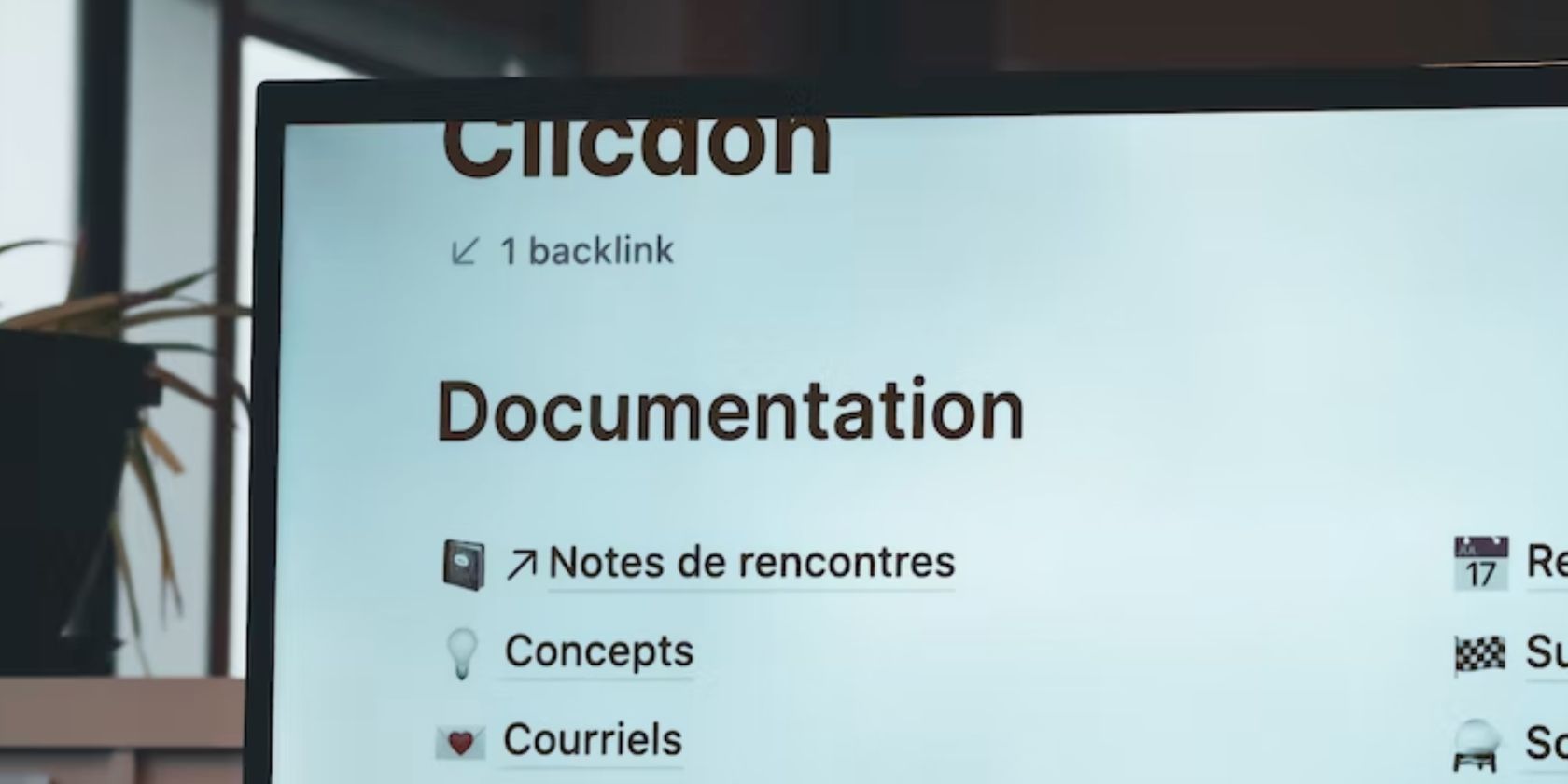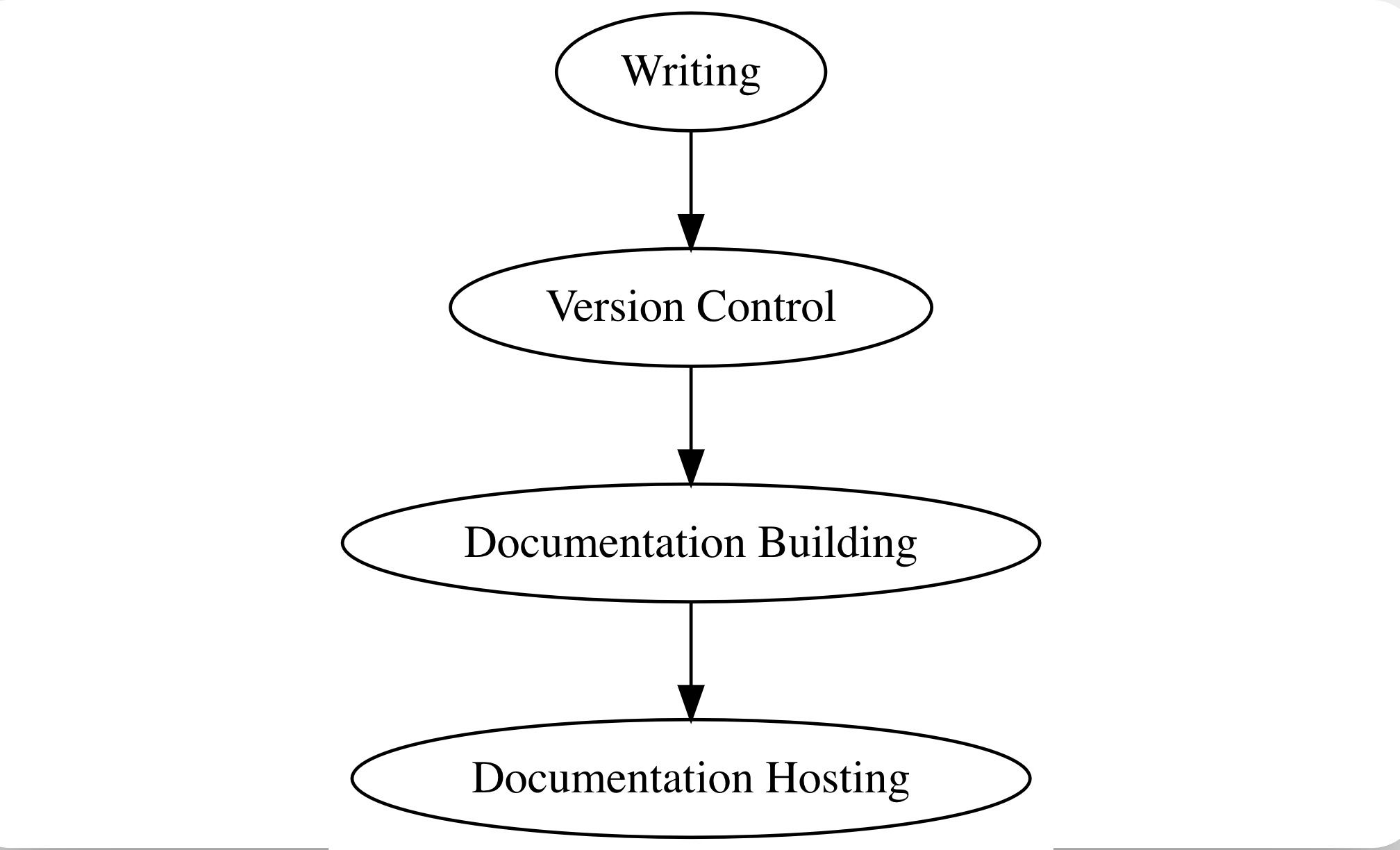Documentation is an essential part of the software development cycle. It explains how to use the software and can include user guides, API references, install instructions, and release notes.
Automating your documentation is the latest trend since it can help save time, reduce errors, and ensure consistency. Keeping your documentation up-to-date and accessible to all stakeholders facilitates collaboration and continuous improvement.
Docs as code is an approach to documentation automation that treats technical documentation as code.
What Is Docs as Code?
Docs as code is a software development philosophy that views technical documentation as a form of code. It suggests that you should treat documentation with the same rigor and process as software code.
The idea behind docs as code is to treat documentation as a first-class artifact of the development process, integrating it with the software lifecycle. This means treating documentation as an integral part of the codebase. It means applying to it the same version control, continuous integration, and testing processes that you do to the code itself.
In a typical docs as code setup, you write the documentation in plain text files, usually in a lightweight markup language like Markdown, HTML, or reStructuredText. You then store it in the same repository as the source code. This makes it easy to manage and track changes to both software and documentation. It also helps ensure that the documentation is up to date with the latest version of the code.
Why You Should Use Docs as Code
Before docs as code, documentation was often treated as separate from the code, created with different tools and processes. This looser approach often led to outdated documentation and inconsistencies with the code. You can harness several benefits by adopting the docs as code approach.
Improved Collaboration
Docs as code enables collaboration between developers, technical writers, and other stakeholders in the development process. Since the code repository houses the documentation, it is easy for different parties to contribute and make changes. This helps to ensure that the documentation is accurate, up-to-date, and comprehensive.
A collaborative approach to documentation helps to ensure that it includes all relevant information and that it accurately reflects the software system as interpreted by all parties.
Process Automation and Accessibility
Another advantage of docs as code is that it enables automated tools to generate and publish documentation. A build system can automatically generate HTML or PDF versions of the documentation from plain text files for publishing to a website or an internal documentation portal. This makes the documentation accessible to more stakeholders.
By automating the process of generating and publishing documentation, docs as code helps reduce the time and effort required to maintain and publish the documentation. It allows development teams to focus on improving the software.
Version Control
Storing documentation in the same code repository as the software makes it easy to manage and track changes to both.
You can use version control systems like Git to track documentation changes and revert to previous versions if necessary. This helps ensure the documentation is accurate and up-to-date, and you can trace and audit changes.
The Typical Docs as Code Workflow
The typical docs as code workflow comprises writing, version control, building, and hosting:
The Writing Process
The writing process is the first stage of a typical docs as code workflow. Most technical writers and documentation engineers use simple MarkDown, AsciiDoc, or HTML. They write the documentation using tools like GitBook and Redocly which ensure a smooth process.
Version Control for Documentation
Documentation evolves as code evolves. You’ll need a sophisticated version control system like Git, Plastic SCM, or Subversion to track documentation changes for easier collaboration and version tracking.
The Documentation Build Process
The build process involves processing and compiling the documentation into its delivery formats. These might be HTML, PDF, EPUB, or others. The documentation process is usually made easier using static site generators like Hugo and Jekyll.
Hosting and Distributing Documentation
The hosting or distribution process is usually the last step of the docs as a coding process. This process ensures that the documentation is delivered to the end user and available to all stakeholders. You can use GitHub or GitLab pages or a custom portal to distribute your documentation on the web.
You Can Automate Go and Java Documentation Using GoDoc and JavaDoc
The docs as code philosophy is revolutionizing technical documentation writing and management.
Many programming languages, including Go and Java, provide tools to automate documentation using code comments. Go provides the Godoc tool, and Java provides JavaDoc.



